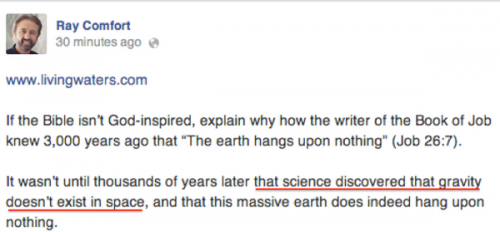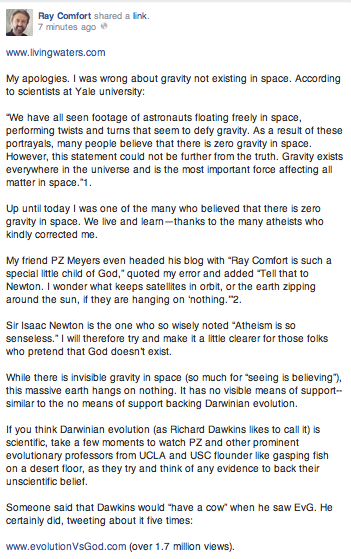Take a look at the kind of profit you can make from various businesses. This is pretty good money.
We all know Apple’s business model is to build cool gadgets with high end stuff inside that it then sells at a high markup for premium design and ease of use — they’re at least creating something novel. But what makes Wiley and Elsevier so profitable?
That’s the genius of it all. Their customers create everything, they charge the customers for the privilege of selling it to the publisher, and then they sell it back to their customers. Imagine if Apple did that: all of you homebrew computer people who buy components and assemble them into functioning wholes and trick them out with spiffy bells & whistles are contacted by Apple, who offers to take them off your hands if you pay them a few hundred dollars, and they then take your creation, polish up the case a bit, stick an Apple logo on it, and sell it in their catalog for a few thousand dollars.
Oh, also, when you buy an “Apple”, they require that you get shipped a broken Sinclair and an old Commodore PET. It’s part of the deal.
That’s how the scientific publishing houses operate. It’s a broken system that profits the middlemen.




